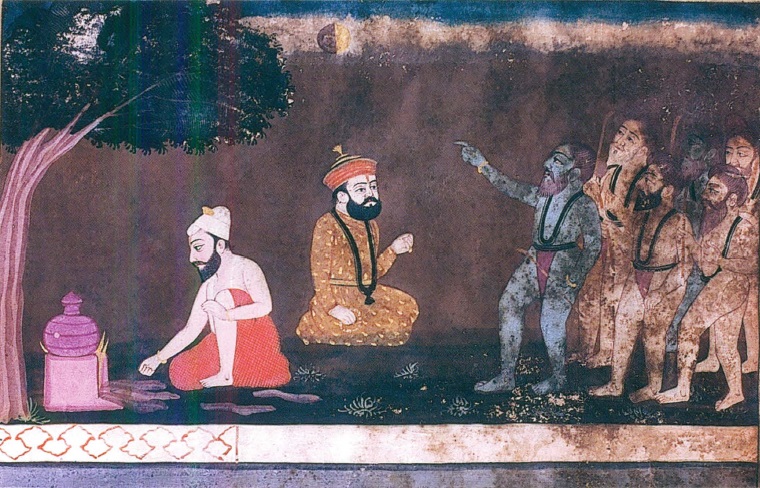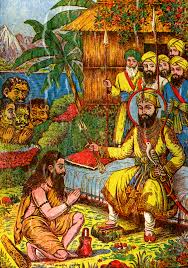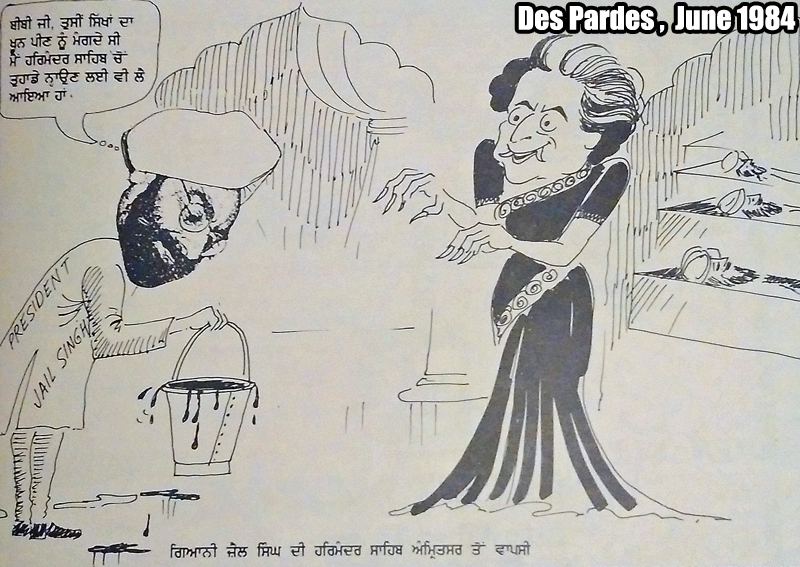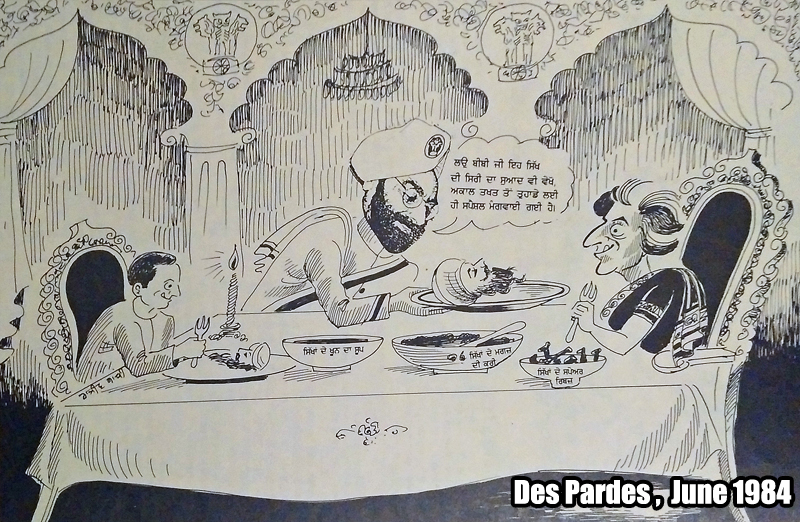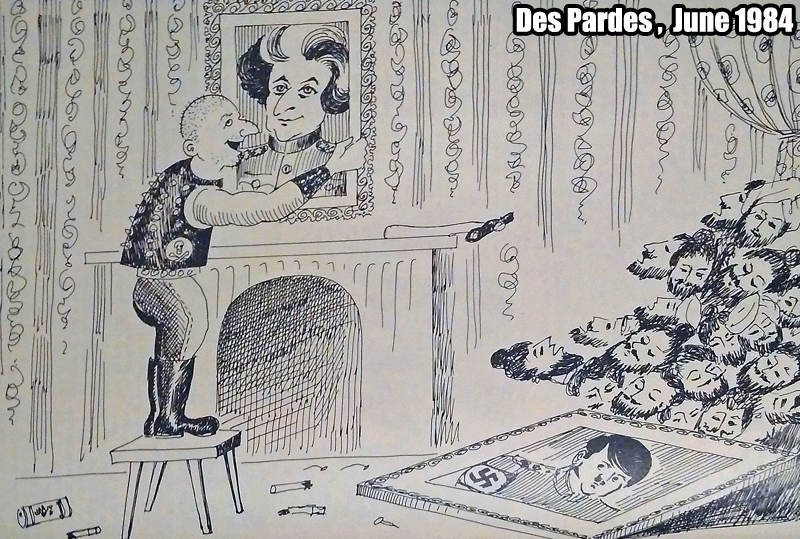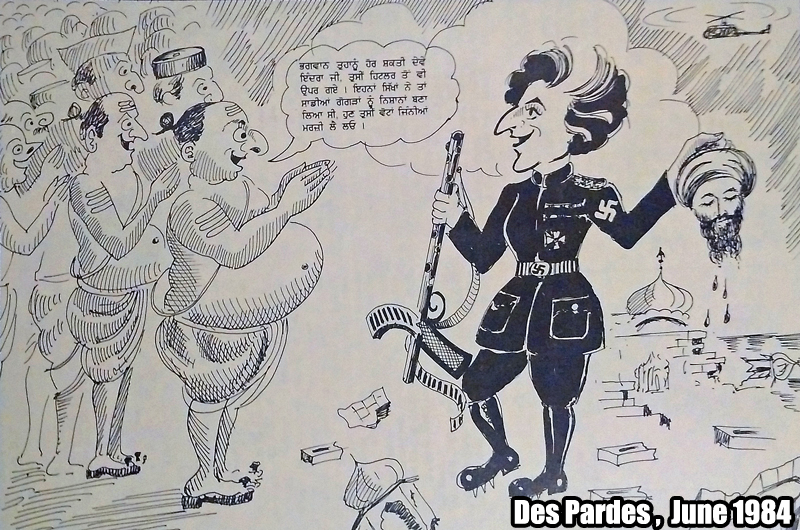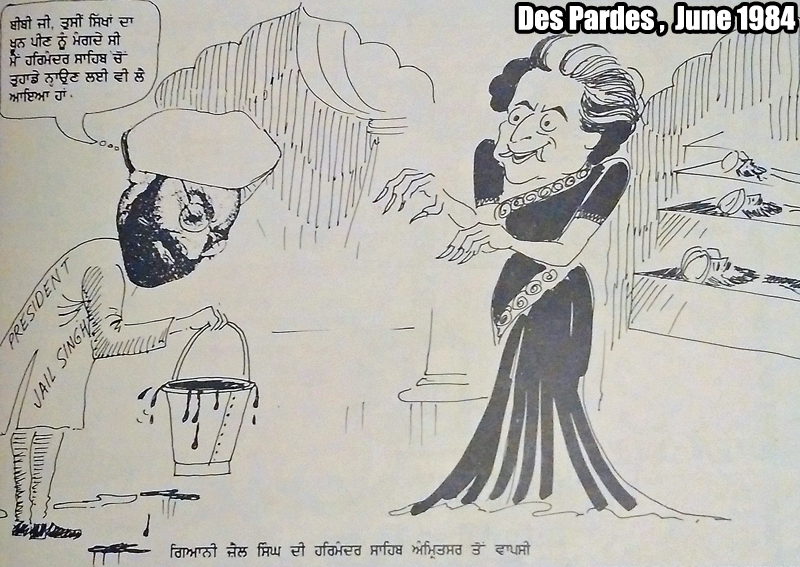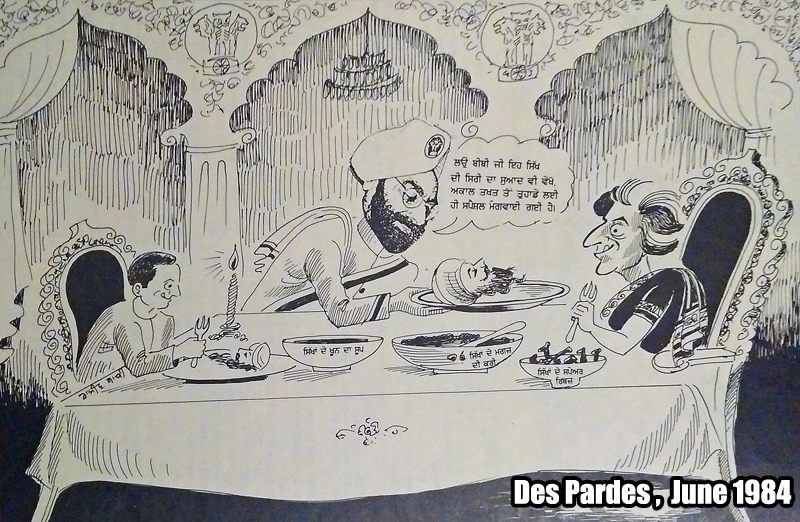-
Posts
1,600 -
Joined
-
Last visited
-
Days Won
30
Content Type
Profiles
Calendar
Forums
Everything posted by 13Mirch
-
You, <banned word filter activated> Bob and horny Kamal are all one and the same.
-
How long did it take him to do that though? It was only when he saw an opportunity to promote himself at the expense of the Badals that he crawled to the Takhat. Nangs continually harp the anti-SGPC/Akali line, yet their great jathedar crawled to these very same institutes for forgiveness.
-
Kaurs back in the day, then, must have hidden in holes in the grounds? The Gurus, too, must have been tied under their family problems. The only ones not tied down, it seems, then must be all these nangs you mention and obese-al-qaum Santa.
-
What seva? Killing each other? Bending over for the GOI? Attacking fellow Sikhs? Ripping off amateur wannabes in the UK? Soliciting with prostitutes whilst claiming Sarbloh Bibek?
-
Familial neglection? Don't see much difference between the nangs and ascetics then.
-
Did they? Or is this another nang myth like obese-e-qaum Santa defended the panth in '84 and didn't bend over for Indra.
-
Don't digress from the topic at hand. I asked him as to why past Jathedars married and why these modern day Nangs refuse to marry outright. Not picking on only Balbiro Nang, but also Jogindra and Prema as well.
-
Not to rain on your parade, but Baba Binod Singh was married; Nawab Kapur Singh was married; Baba Jassa Singh Ji was married- how do these modern day nangs, you mention, compare to those past Gursikhs then?
-
Why did the Sarbatt Khalsa 2015 fail? Because we had no identified issues to resolve; no viable leadership alternatives; no progressive plans outlined and above all we elected sampradaic thugs to lead us. Who called this Sarbatt Khalsa? The UAD of the infamous Simranjeet Singh Maan, a second-rate politician, and the more rebellious elements of the Sant-Samaj who wished to sit on higher chairs than their superiors. Let us take examples, from the Sikh past, as to why Sarbatt Khalsas were held and what their outcomes were: 1.) Bhai Mani Singh Ji, with the concurrence of other elected Sikh leaders, called a Sarbatt Khalsa to resolve the Tat-Bandai conflict. The Bandais military strength was decimated and the Mughals also forced to retreat for the time. This Sarbatt Khalsa addressed as to who was the Guru Ad perpetum, the Guru Granth Sahib Ji or Banda Singh Bahadur. 2.) The next Sarbatt Khalsa divided the Sikhs into 5 Jathas, all 200 strong, to bolster the Panth's depleted military strength. These Jathas consisted of the younger Sikhs, Bhujangis, and were led by veteran Nihangs such as Baba Dip Singh Ji. 3.) A Sarbatt Khalsa was then held in the jungles of Punjab to debate the Mughals' offer of governorship to the Sikhs. Five Sikhs were elected by the assembled Sikhs to debate the pros and cons of the offer and present them to the Sangat. The Sarbatt Khalsa ended with a re-definition of governorship i.e. -The governor would have a council of five Sikhs who would continually advise him on matters affecting the Sangat. -The governor would be bound to the dictums of the Sangat and not vice versa. -The governor would retain the prerogative to elect his own successor but only if the sangat ratified his course of action. 3.) Kapur Singh, the elected governor, would commune the next Sarbatt Khalsa. In this, he would demarcate the Sikhs into two blocs- the Budha Dal and Tarna Dal. Each and every one of these Sarbatt Khalsas, and successive assemblies, would follow the same course: 1.) The assembly would be declared, Sikhs would collate. 2.) All who collated, would then elect a body to debate upon and identify the most crucial matters facing the Panth. 3.) A body of intellectuals and leaders, in both social and military competencies, would then be elected to decide which course of action to take in whichever crucial matters they were mandated to resolve. In the 2015 Sarbatt Khalsa what we had was: 1.) All issues were identified prior by UAD and the Samaj. The Sangat was involved nowhere. 2.) A body was already elected, prior, to the event itself which had formed it's own opinions and preconceived notions. 3.) Intellectuals and the more honest leaders (including some sell-outs desiring to fool the sangat) were nowhere present. 4.) And lastly, but most importantly, all the crucial issues worth debating were absent. What were these issues? A.) In post-colonial India, why are the Sikhs facing socio-political persecution whenever they desire to express sentiments of self-determination? B.) The beadbi at Bargari has historically been witnessed in post-independence Punjab as well. What are the hidden motives behind such acts? C.) As institutes of the Panth, our Jathas and SGPC are fast deteriorating. What can be done to either restore their pristine states or amputate them from the greater body politic? D.) How can the supremacy of the Akal-Takhat be re-established? How can it be ensured that the institute is taken out of the hands of politicians and instead put in the hands of the Panth? E.) Jathedari, as conceived by the SGPC and Deras, is greatly varied from what it was historically. Is this new current of leadership viable or should we revert to the historic model? F.) Is Western democracy and secular administration conducive for the Khalsa Panth? If so then how to bring it in consort with Panthic political norms? If not, then is it high time that we ignore parliamentary procedures and form our own? G.) How can Punjab, the Sikh homeland, be saved from it's present regressive state? How can the border issues; the assets issues and the waters issues be resolved satisfactorily? If not, then what policy is the Panth to adopt? H.) How can Sikhs, globally, be brought under one single platform? I.) How can impartial Sikh leaders be identified and/or trained for the future? J.) How can Sikhi be spread globally? What we had instead was this: 1.) A prisoner is our Jathedar whilst his proxy retains true power. 2.) Sampradaic thugs, with proven track records of treachery, are our Jathedars. 3.) A regurgitation of penalizing KPS Gill and Brar. 4.) Go home everyone, end of show.
- 2 replies
-
1
-
- sarbatt khalsa
- 2015
-
(and 2 more)
Tagged with:
-
My grandfather was general secretary of the Doaba Kisan Union when Giani Zail Singh inaugurated the Guru Gobind Singh Ji Marg. During those days Zail Singh was playing fiddle to both Santa Singh of Budha-Dal and the neo-Nirankaris. Only a few days prior, Nirankari gangs had set upon an amritdhari Singh and burned him with acid. The Union took up his case and approached Zail Singh who outright refused to interfere in the matter asserting that Gurbachan Nirankari was a Sant and Sants could not be publicly arraigned and/or criticized. The Union next approached Santa Singh who was, then, based at Bathinda and preparing for his journey to Anandpur Sahib. It informed him that not only were Nirankaris publicly desecrating Gurbani but also attacking Sikhs. Santa Singh, laughed them off, saying that Zail Singh was a hans (pure as swan) and if he believed Gurbachna to be divine then even he-Santa Singh- was ready to conform to the latter. The other Nihang Dals, however, contributed money towards the victim's kin all the while grumbling against Santa Singh's ludicrous rhetoric.
-
Yogi Harbhajan, in a bid to further his cult, had the self-proclaimed sophist Sant Singh translate Gurbani. Sant Singh, himself, admitted he was not up to the task but nonetheless continued under Yogi's guidance. https://tisarpanthdotcom.wordpress.com/2017/10/29/a-matter-of-translation/
-
Care to elaborate further?
-
Speaking of which: They also have some of Santa Singh Nihang bowing to Rajiv Gandhi- will try finding those as well.
-
For Indians to be pushing this line of reasoning is hypocritical. Pick up any text book on the so-called British Atrocities and you will see that at least several chapters are entitled to demeaning traitors who acquired prominence with the white man by betraying the black.
-
La Noche Triste Pav Singh’s 1984: India’s Guilty Secret and the continuing Sikh night of sorrows. Is catastrophe a precursor to genocide or is genocide a spontaneous outburst of violence- essentially a riot? The misnomer of riot to veil genocide is nowhere more evident than in the Indian state’s treatment of the anti-Sikh pogroms of November 1984. Whereas the political-cum-social discourse of the majority community has condensed the event into the misbranded Delhi Riots, for the survivors they were a well-executed genocide. It is axiomatic that justice delayed is justice denied; Pav Singh in his 1984: India’s Guilty Secrethowever goes a step further- on the basis of the survivors’ accounts which he recounts lucidly- Singh contends that November was by no means a riot. It was the culmination of a long drawn out plan to inflict such wounds on the Sikh psyche that the community would never again agitate for civil rights in the Indian union, and assimilate into the greater neo-Hindu political fold (Hindutva). Radical, in scope, 1984 has swiftly dethroned existing analyses of that apocalyptic November and portends change in the global perception of genocide. 1984, from the onset, does not exercise restraint. It is vivid in it’s recounting of the horrors which the Sikhs faced in the aftermath of Prime Minister Indra Gandhi’s assassination. Whereas the mass rapes of Sikh girls and women have often been downplayed in the works of Khushwant Singh and Nayer, Pav Singh elects to focus on how it was employed as a tool to humiliate Sikh males before they were doused in kerosene and set on fire. His almost calm narration of events is enough to render even the most staunch of readers chilled. A fourteen year old boy is forced to witness the gang-rape of his mother; a whole family is hurled out of their residence to witness their daughters being stripped nude, urinated upon and then raped by hordes of mourners (as consecutive political accounts would refer to the culprits). Sikh males are set alight whereas groups of Sikh women are rounded up and held outside Delhi in a semi-concentration camp where they are continually violated. The myth that only Sikh males were targeted is effortlessly effaced by Pav Singh who dedicates an entire chapter to the sexual atrocities suffered by Sikh women. The attitude of doctors, police, and general society towards the victims of rape are also scrutinized. Elements of all three would be instrumental in evicting victims from aid camps and returning them to their prior locii which, in most cases, would be in ruins. The fortunate would escape; the unfortunate would once again fall into the hands of their violators. Another complex facet, of the November pogroms, which has hitherto been obscured is what happened to the Sikh policemen and military personnel in Delhi? 1984 unabashedly substantiates, based on official documentation, how all Sikh serving personnel in Delhi were ordered to take leave in the early hours of November 1st ’84. Most would have had no idea, other than that Indra Gandhi had been gunned down by her Sikh bodyguard duo the night before, of the inferno which awaited them outside their official precincts. Weaponless, they would have walked straight into effective death traps. Military personnel, serving or otherwise, would have fallen prey to armed mobs on the nation’s railway network. Were Sikhs only targeted at train stops? Pav Singh systematically exposes this canard, again relying on official documentation, to evidence that at least forty-six unauthorized train stops were made which allowed assembled mobs to slay all Sikhs on board. For Sikhs, the primacy of Pav Singh’s work hinges on three crucial factors: 1.) It effectively refutes the misnomer of riot. 2.) Whilst paying tribute to the few brave souls who risked life and limb to save Sikhs, it also depicts the callousness of politicians, police and neighbors who betrayed the Sikhs by rendering them defenseless in the face of bloodthirsty mobs. 3.) It refutes the theory of Delhi Riots. Detailed maps provide evidence of sanguinary pogroms executed in Gujrat, Uttar Pradesh, Maharashtra, Tamil Nadu, Assam, West Bengal and Agartala. Candid, impenitent and critical- Pav Singh’s 1984 is radical in it’s approach to the November pogroms. Though sections of the Indian media are criticizing Singh, his work should be judged with impartiality; India’s Guilty Secret not only recounts the atrocities inflicted on the Sikhs, but also exposes the political/social cohesion via which the events of November ’84 transpired. The theory of Nanak Jayanti, an alleged rumor which posits that the pogroms were intended for execution on the birth celebrations of Guru Nanak Dev Ji (founder of the Sikh faith) for maximum damage, is also analyzed by Singh. Victim statements are taken into account which depict the conditions outside Punjab in the aftermath of the ill-construed Operation Bluestar. Sikh businesses and residences were often transcribed with a S symbol in the lead-up to November; on the night of 31st October teams were employed to scour several cities in a mission to place this S on all Sikh locations. On the 1st of November the grim significance of this symbol would become transparent as mobs marched on all such identified locations. Nanak Jayanti, caught out by Gandhi’s demise, had been implemented earlier to teach the troublesome Sikhs a bloody lesson. What of the judiciary and the aftermath? Singh, in a brief list, provides an exposition of all the failed commissions which attempted to tackle November ’84 but failed to provide even token justice for the victims. He ends on a poignant note; the survivors of ’84, forgotten by all, are shown as suffering from the trauma of the atrocities inflicted upon them. The state is continually failing in it’s mandate to provide them justice; the social discourse veils their trauma whereas the same ideology which preyed upon them is today gaining ground nationwide. Justice delayed is justice denied, justice denied is justice perverted. https://tisarpanthdotcom.wordpress.com/2018/02/25/la-noche-triste/
-
La Noche Triste Pav Singh’s 1984: India’s Guilty Secret and the continuing Sikh night of sorrows. Is catastrophe a precursor to genocide or is genocide a spontaneous outburst of violence- essentially a riot? The misnomer of riot to veil genocide is nowhere more evident than in the Indian state’s treatment of the anti-Sikh pogroms of November 1984. Whereas the political-cum-social discourse of the majority community has condensed the event into the misbranded Delhi Riots, for the survivors they were a well-executed genocide. It is axiomatic that justice delayed is justice denied; Pav Singh in his 1984: India’s Guilty Secrethowever goes a step further- on the basis of the survivors’ accounts which he recounts lucidly- Singh contends that November was by no means a riot. It was the culmination of a long drawn out plan to inflict such wounds on the Sikh psyche that the community would never again agitate for civil rights in the Indian union, and assimilate into the greater neo-Hindu political fold (Hindutva). Radical, in scope, 1984 has swiftly dethroned existing analyses of that apocalyptic November and portends change in the global perception of genocide. 1984, from the onset, does not exercise restraint. It is vivid in it’s recounting of the horrors which the Sikhs faced in the aftermath of Prime Minister Indra Gandhi’s assassination. Whereas the mass rapes of Sikh girls and women have often been downplayed in the works of Khushwant Singh and Nayer, Pav Singh elects to focus on how it was employed as a tool to humiliate Sikh males before they were doused in kerosene and set on fire. His almost calm narration of events is enough to render even the most staunch of readers chilled. A fourteen year old boy is forced to witness the gang-rape of his mother; a whole family is hurled out of their residence to witness their daughters being stripped nude, urinated upon and then raped by hordes of mourners (as consecutive political accounts would refer to the culprits). Sikh males are set alight whereas groups of Sikh women are rounded up and held outside Delhi in a semi-concentration camp where they are continually violated. The myth that only Sikh males were targeted is effortlessly effaced by Pav Singh who dedicates an entire chapter to the sexual atrocities suffered by Sikh women. The attitude of doctors, police, and general society towards the victims of rape are also scrutinized. Elements of all three would be instrumental in evicting victims from aid camps and returning them to their prior locii which, in most cases, would be in ruins. The fortunate would escape; the unfortunate would once again fall into the hands of their violators. Another complex facet, of the November pogroms, which has hitherto been obscured is what happened to the Sikh policemen and military personnel in Delhi? 1984 unabashedly substantiates, based on official documentation, how all Sikh serving personnel in Delhi were ordered to take leave in the early hours of November 1st ’84. Most would have had no idea, other than that Indra Gandhi had been gunned down by her Sikh bodyguard duo the night before, of the inferno which awaited them outside their official precincts. Weaponless, they would have walked straight into effective death traps. Military personnel, serving or otherwise, would have fallen prey to armed mobs on the nation’s railway network. Were Sikhs only targeted at train stops? Pav Singh systematically exposes this canard, again relying on official documentation, to evidence that at least forty-six unauthorized train stops were made which allowed assembled mobs to slay all Sikhs on board. For Sikhs, the primacy of Pav Singh’s work hinges on three crucial factors: 1.) It effectively refutes the misnomer of riot. 2.) Whilst paying tribute to the few brave souls who risked life and limb to save Sikhs, it also depicts the callousness of politicians, police and neighbors who betrayed the Sikhs by rendering them defenseless in the face of bloodthirsty mobs. 3.) It refutes the theory of Delhi Riots. Detailed maps provide evidence of sanguinary pogroms executed in Gujrat, Uttar Pradesh, Maharashtra, Tamil Nadu, Assam, West Bengal and Agartala. Candid, impenitent and critical- Pav Singh’s 1984 is radical in it’s approach to the November pogroms. Though sections of the Indian media are criticizing Singh, his work should be judged with impartiality; India’s Guilty Secret not only recounts the atrocities inflicted on the Sikhs, but also exposes the political/social cohesion via which the events of November ’84 transpired. The theory of Nanak Jayanti, an alleged rumor which posits that the pogroms were intended for execution on the birth celebrations of Guru Nanak Dev Ji (founder of the Sikh faith) for maximum damage, is also analyzed by Singh. Victim statements are taken into account which depict the conditions outside Punjab in the aftermath of the ill-construed Operation Bluestar. Sikh businesses and residences were often transcribed with a S symbol in the lead-up to November; on the night of 31st October teams were employed to scour several cities in a mission to place this S on all Sikh locations. On the 1st of November the grim significance of this symbol would become transparent as mobs marched on all such identified locations. Nanak Jayanti, caught out by Gandhi’s demise, had been implemented earlier to teach the troublesome Sikhs a bloody lesson. What of the judiciary and the aftermath? Singh, in a brief list, provides an exposition of all the failed commissions which attempted to tackle November ’84 but failed to provide even token justice for the victims. He ends on a poignant note; the survivors of ’84, forgotten by all, are shown as suffering from the trauma of the atrocities inflicted upon them. The state is continually failing in it’s mandate to provide them justice; the social discourse veils their trauma whereas the same ideology which preyed upon them is today gaining ground nationwide. Justice delayed is justice denied, justice denied is justice perverted. https://tisarpanthdotcom.wordpress.com/2018/02/25/la-noche-triste/
-
http://5abspectrum.com/?p=2097 Ala Singh's kutti baans.
- 31 replies
-
1
-
- darbar sahib
- modi
-
(and 4 more)
Tagged with:
-

17, amritdhari, lost my virginity, please help! (Older sangats advice please)
13Mirch replied to a topic in GUPT FORUM
Blame the victim, never the bomb. -
God help us all.
-

17, amritdhari, lost my virginity, please help! (Older sangats advice please)
13Mirch replied to a topic in GUPT FORUM
And a bomb at some random train, car, plane, other mode of public transport. -

17, amritdhari, lost my virginity, please help! (Older sangats advice please)
13Mirch replied to a topic in GUPT FORUM
Mate, I don't know where you acquired that from but we can all smell a troll from far away. The OP's post is similar to other conversion trash which permeates this forum every now and then. -

17, amritdhari, lost my virginity, please help! (Older sangats advice please)
13Mirch replied to a topic in GUPT FORUM
I know I am messing with fire here but I cannot resist: S-<banned word filter activated>. U-Ugly (who knows what's under the hijab). L- Lecherous (so she can get her fanatical brothers over by using you as a sponsorship conduit). I- Islamic, in word and deed. -

17, amritdhari, lost my virginity, please help! (Older sangats advice please)
13Mirch replied to a topic in GUPT FORUM
Probably some defect in the alternator.


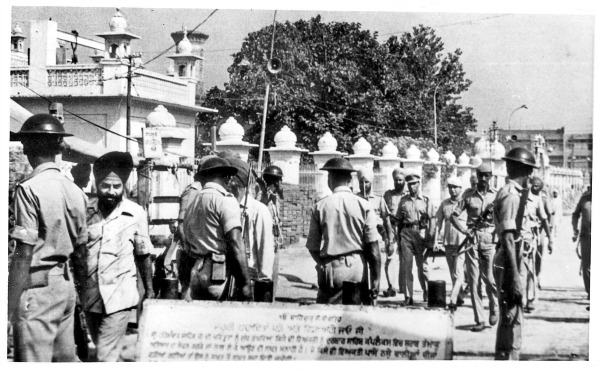

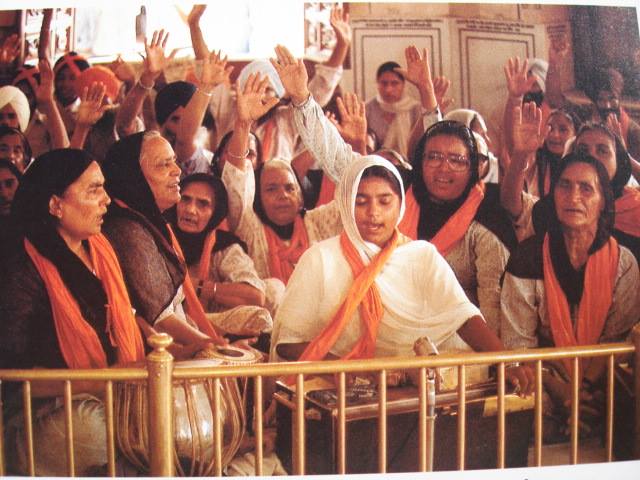

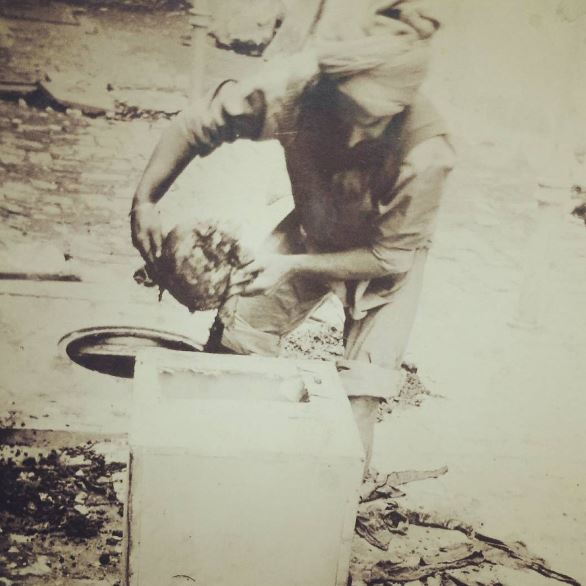
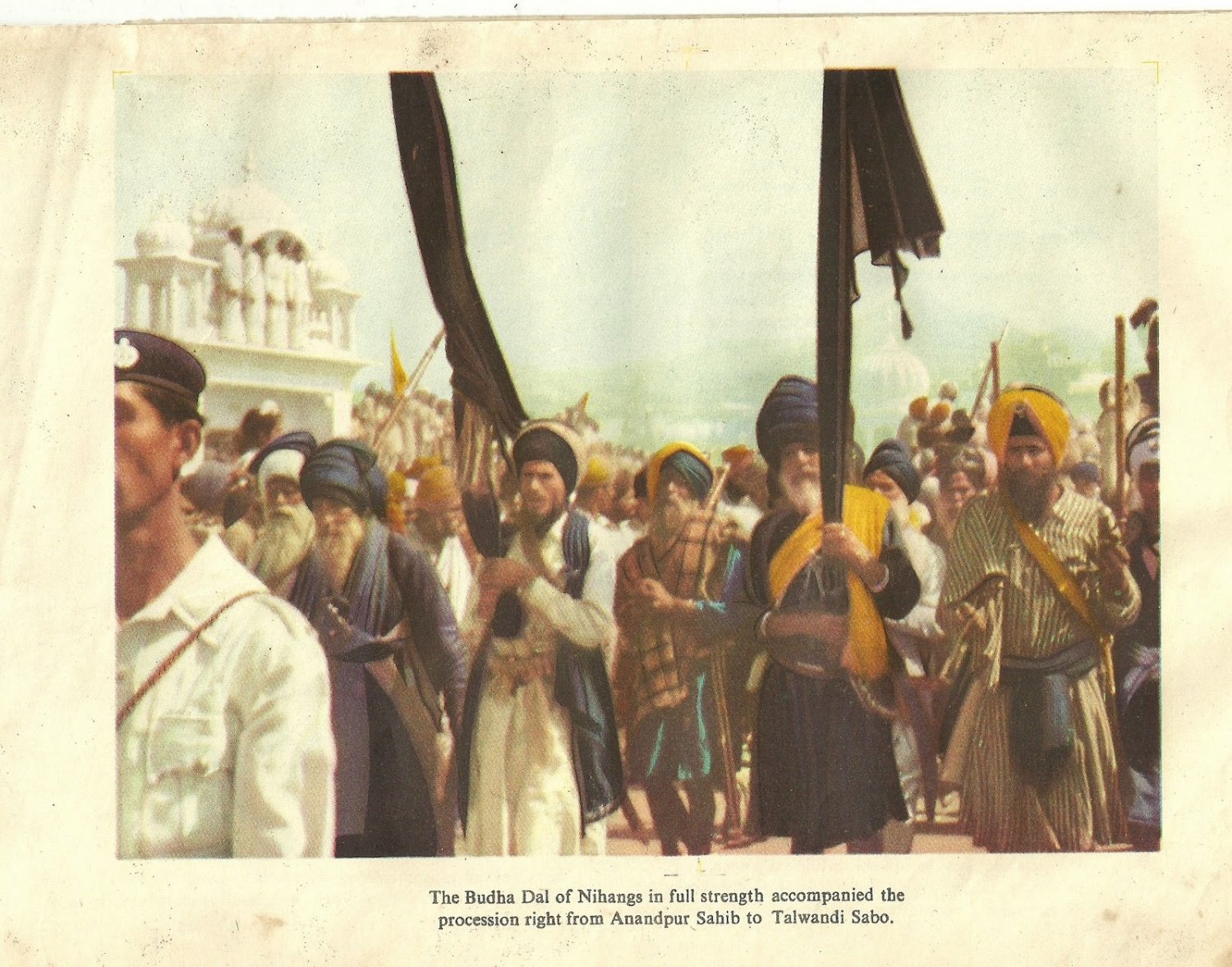
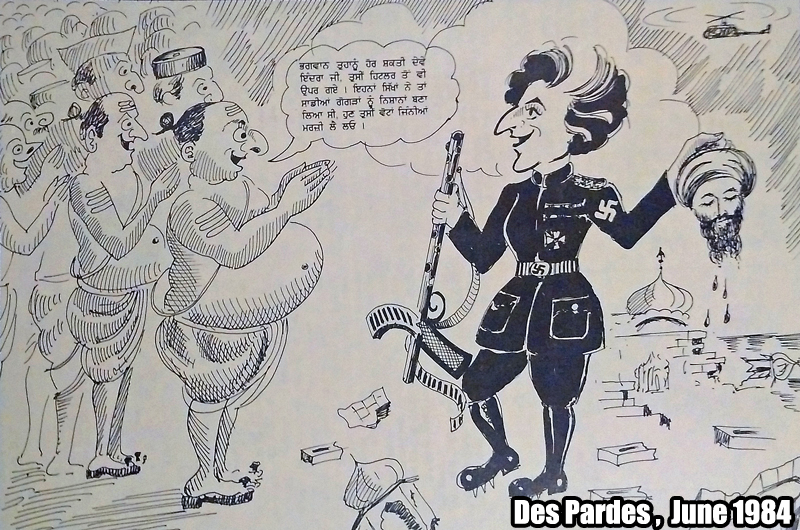
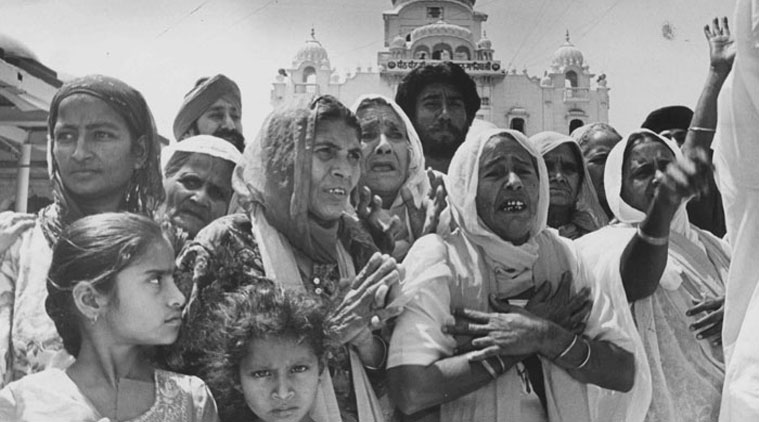
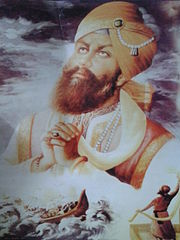
.jpg.51892b154af88fe76511d84a753ae516.jpg)
